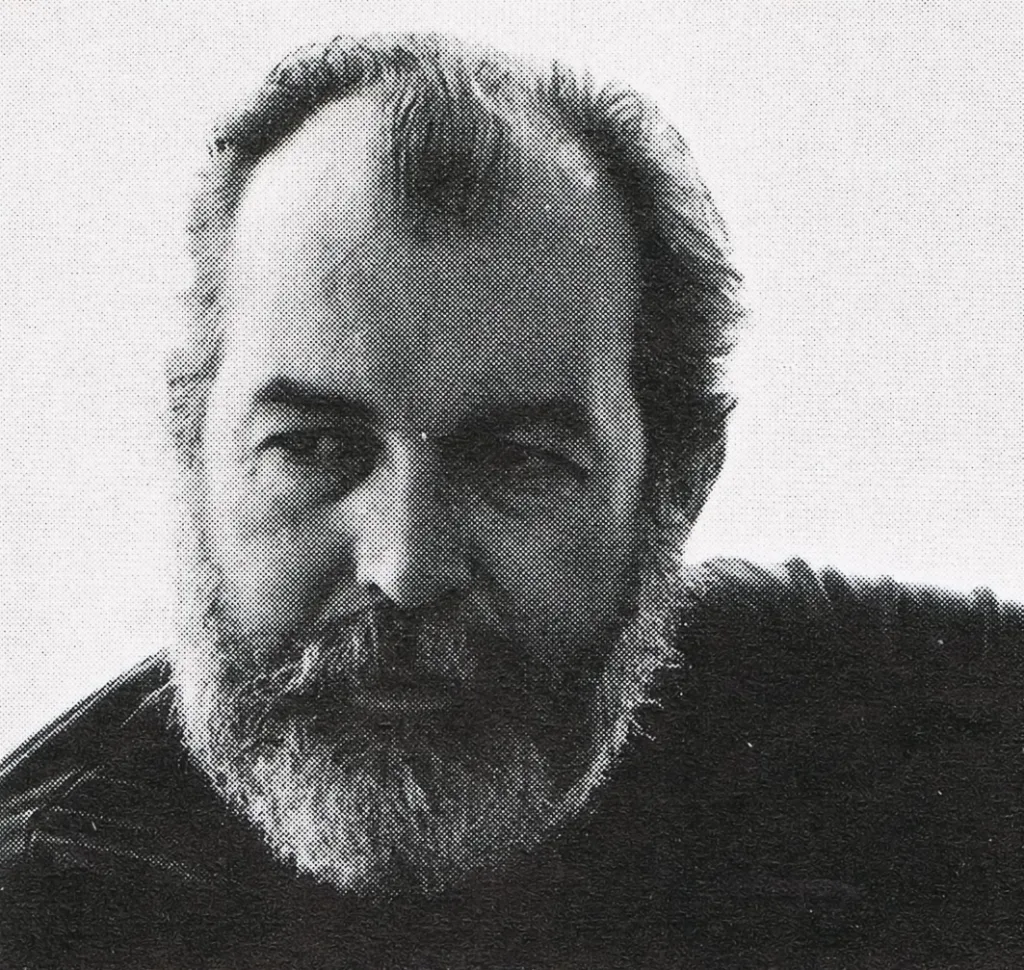
Rudolph de Harak ran his own design studio in New York, where he worked across design disciplines including the design of trademarks, posters, brochures, book, magazine and record covers, wall graphics, institutional advertising, industrial design, furniture and street decorations, sculptures, exhibitions; environmental graphics and signs. He taught at many American institutes and also created the United States pavilion for Expo 70 in Osaka; the series «Man, his planet, his space» (Canada at Expo 67) and the entire decoration of the ground floor of an office skyscraper in New York (127, John Street), including the facade writings, external decorations, benches and steel sculptures.